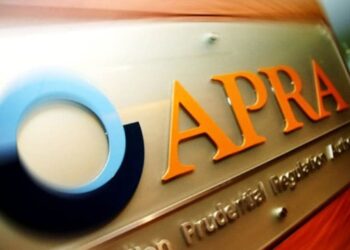The Federal Treasury has admitted it has no contingency plans in place if the deemed rate of return applying to the First Home Super Savers Scheme is higher than that actually achieved by superannuation funds.
Answering questions during Senate Estimates this week, the head of Treasury’s Retirement Incomes Policy Division, Jenny Wilkinson said Treasury’s view was that it would be unusual if superannuation fund returns over a particular period were lower than the rate calculated for the new scheme using a deemed rate of return on the 90-day bank bill rate, plus three percentage points.
Asked by Queensland Labor Senator, Chris Ketter what would happen if the rate was higher than the fund returns, Wilkinson pointed out that the Australian Taxation Office (ATO) would be responsible for administering the scheme.
“They will be responsible for calculating the amount that should be released, which is a combination of the capital, less the tax that has been paid, plus the deemed earnings, and then there is withdrawal tax at the end,” she said. “With the 90-day bill rate, plus three percentage points, the deemed rate at the moment would be about 4.78 per cent, but the amount that we allow to be withdrawn will depend on the deemed rate over the full length of time in which the savings had been with the superannuation scheme.”
Asked by Ketter what would happen if the superannuation fund had a lower rate of return than the 4.78 per cent and whether other members would have to meet the shortfall, Wilkinson said Treasury thought this would be unusual and pointed out that a release authority could never allow more funds to be released from a member’s account than were in the account.
“Our expectation is that it would be unusual for returns to be less. The deemed rate is called the shortfall interest charge. That is intentionally calculated as a conservative return. It is used when calculating things like penalties on excess non-concessional contributions … the current shortfall interest charge is about 4.78 per cent,” she said.
“The average returns over the last five years, according to the latest Australian Prudential Regulation Authority (APRA) data, have been 8.6 per cent. So the potential for additional savings to be released under the first home savers scheme is small and it depends on lots of factors,” Wilkinson said. “It depends on how long someone has saved within the scheme. An individual can make a choice not to withdraw it after a particular year and they can withdraw it in the following year. So there are lots of different factors at play.”




